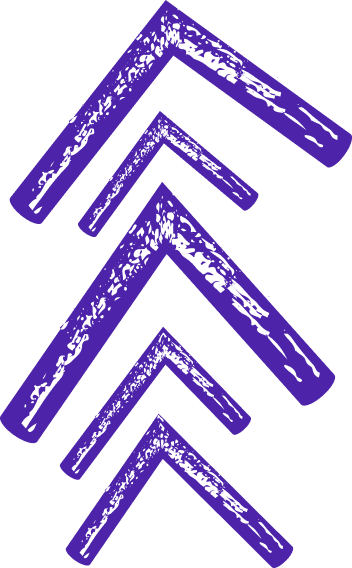
what is decorator pattern
Decorator Pattern
In the realm of software development, the Decorator Pattern follows the principles of the Open-Closed and Single Responsibility principles, promoting code that is open for extension but closed for modification. By encapsulating the existing object within a decorator class, developers can add new features or modify existing ones without directly modifying the original object.
The core idea behind the Decorator Pattern is to create a set of decorator classes that wrap around the original object and provide additional functionalities. These decorators conform to the same interface as the original object, allowing them to be used interchangeably. This approach enables the creation of a layered structure of decorators, each adding a specific behavior or modification to the object.
One of the key advantages of using the Decorator Pattern is its ability to add functionalities dynamically at runtime. This means that new decorators can be added or removed without affecting the existing codebase. It provides a flexible alternative to subclassing, as it allows for the combination of functionalities in a more modular and granular way.
Another significant benefit of the Decorator Pattern is its ability to promote code reusability. By separating the core functionality of an object from its optional enhancements, developers can reuse decorators across different objects and scenarios. This results in a more maintainable and scalable codebase, as modifications or additions can be made without impacting the entire system.
The Decorator Pattern finds wide applicability in various domains, including graphical user interfaces, input/output streams, and web frameworks. For example, in a GUI application, decorators can be used to add borders, shadows, or tooltips to a basic component, enhancing its visual appeal without modifying the underlying component itself. Similarly, in the context of I/O streams, decorators can be employed to add compression, encryption, or buffering capabilities to the basic stream functionality.
From an SEO perspective, the Decorator Pattern is a valuable concept to understand and implement in software development. Its usage promotes clean and modular code, which in turn leads to improved maintainability and extensibility. By incorporating the Decorator Pattern into their projects, startups can ensure that their software systems are flexible, scalable, and adaptable to future changes, ultimately enhancing their online presence and user experience.
Let’s build your next digital product — faster, safer, smarter.
Book a free consultationWork with a team trusted by top-tier companies.








